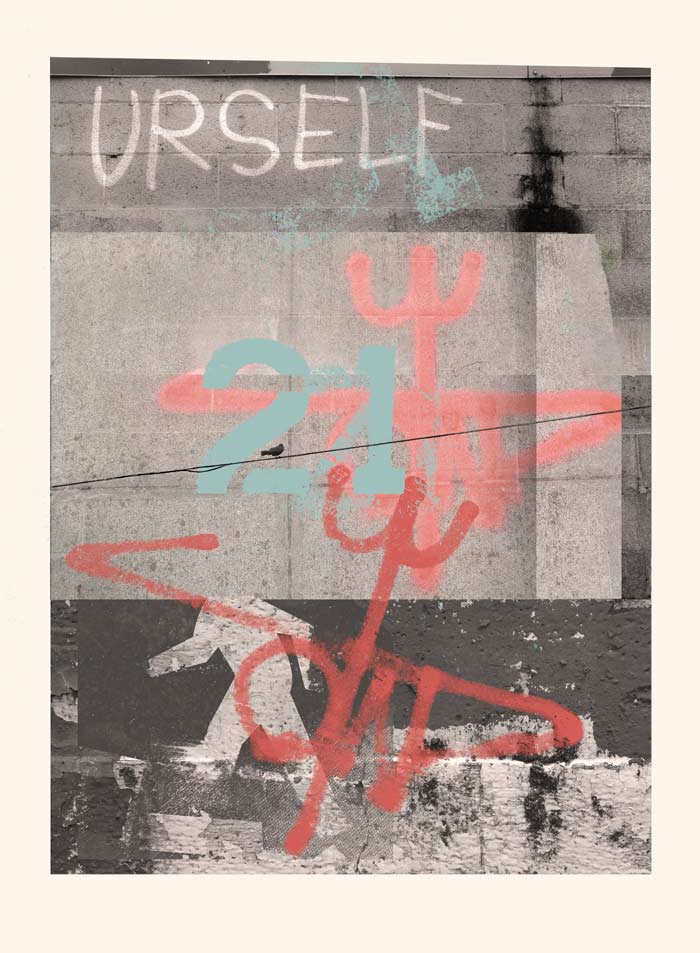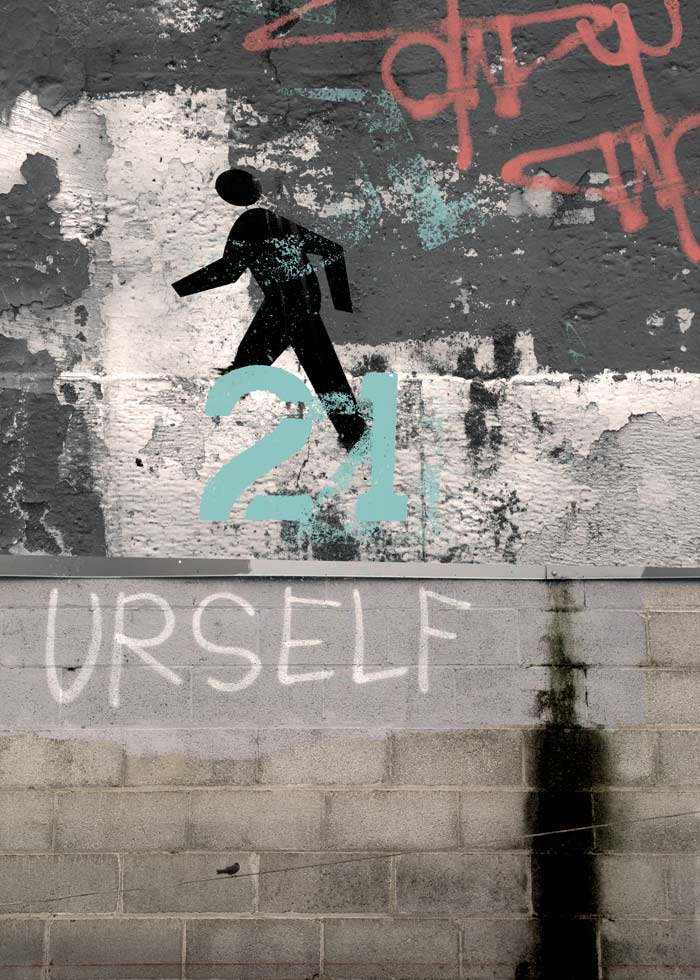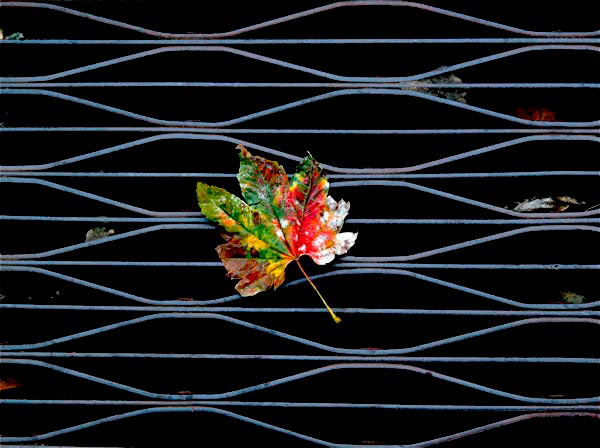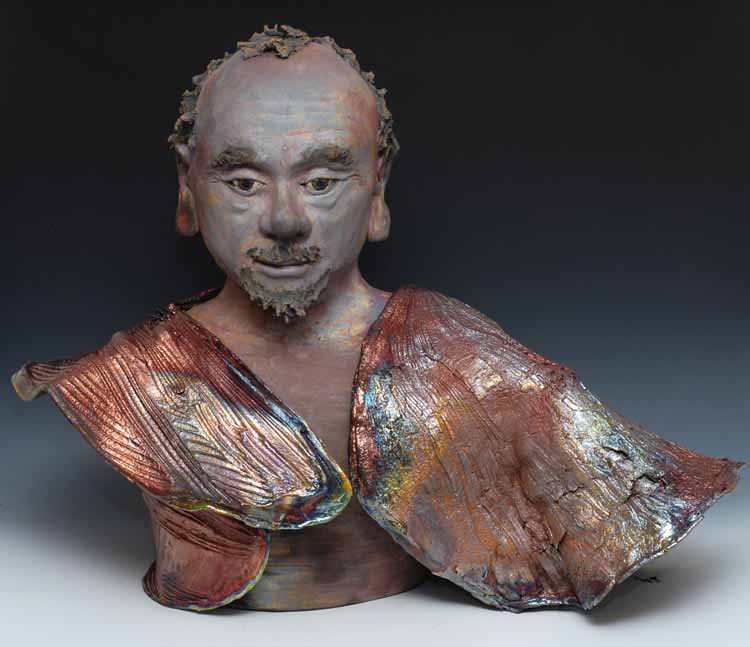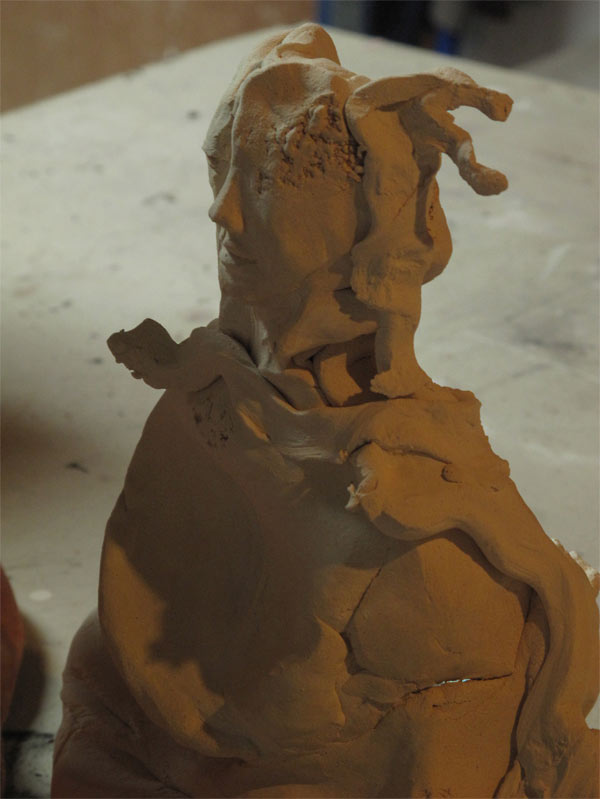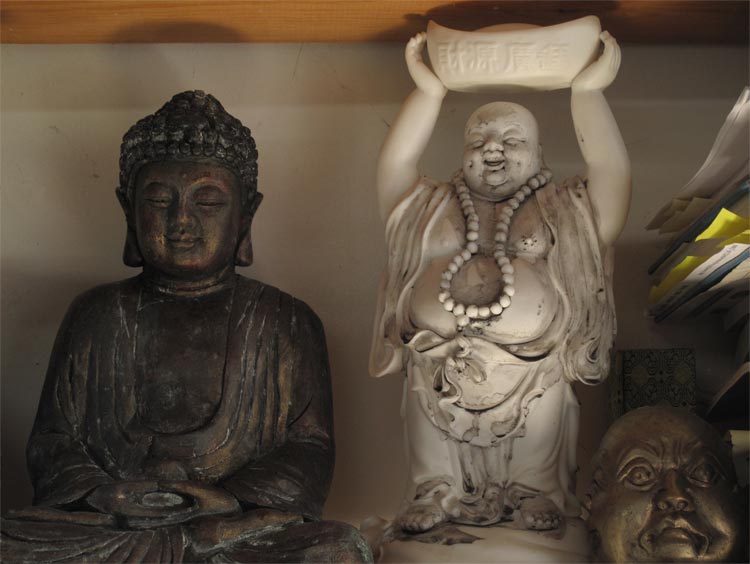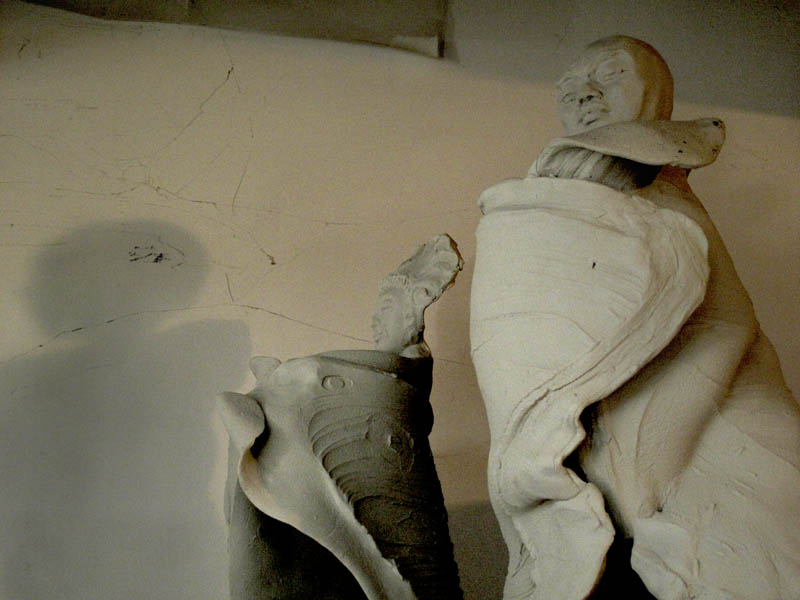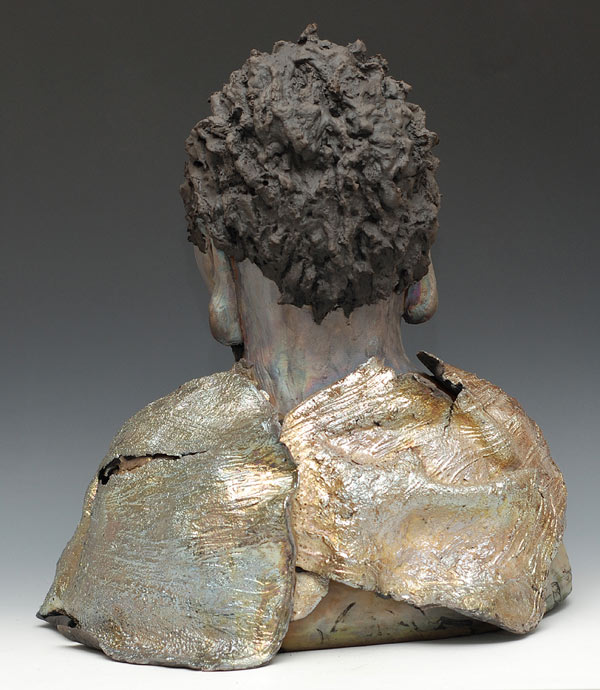Please join me for the opening reception of “Walk the Line” curated by June Sekiguchi this coming Wednesday. I will have two new prints on exhibit from the series “Construction/Reconstruction.”
November 14, 4:30-6:30
Ida Culver House
12505 Greenwood Ave. N, @ 125th Street, Seattle 98133
Wine, hors d’oeuvres and entertainment will accompany the art.
Complimentary parking provided.
“Walk the Line presents unique perspectives of expressing qualities of lines in abstract and figurative works in drawing, painting, photography and sculpture.”

Recent additions to this series can be seen in a new print portfolio here.
